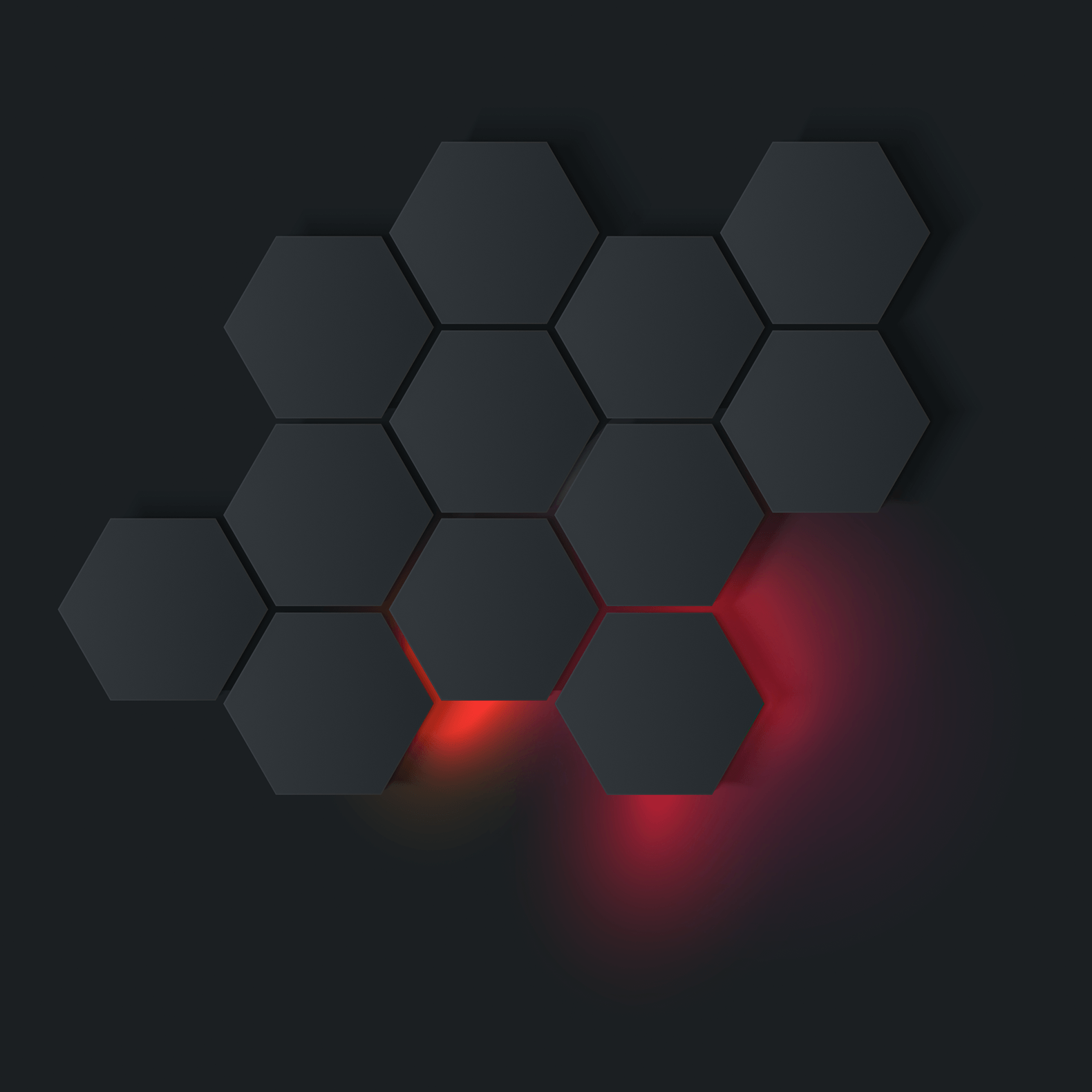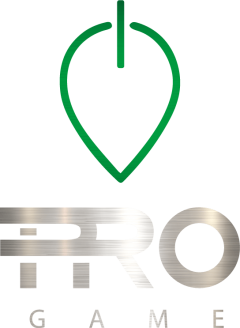For every competition certain equipment is required. Esports is no exception. How important is good equipment in esports and is the one you own good enough for you to be able to compete?
Esports competitions take place on different platforms. Windows operating system for PC, PlayStation and Xbox consoles and smartphones are just some of them. Today, esports is still played on the PC. Consoles are primarily used for sports simulations, martial arts games and some FPS games. The segment that is rapidly evolving is mobile esports. It is mainly played on smartphones and tablets.
Which gear is required largely depends on the game in which you compete. The most popular esports titles, League of Legends, Counter-Strike: Global Offensive and Dota 2, have been out long enough. Still, some are more demanding than others. Gear does not stop at the computer or console, it is also important which peripherals you use (headset, mouse, keyboard and pad or controller).
Professional players use equipment similar or identical to that used in tournament finals. For regional competitions and the beginning of an esport career, something simpler will do as well.
What kind of PC and monitor is good enough for esports?
When we talk about PCs for the competition, we will focus on the three most popular games: LoL, Dota 2 and CS: GO. All three games were released just a few years apart, but there are big differences between them. League of Legends is the least demanding one. Even the best European players use monitors with a 144Hz refresh rate. This should be possible with any mid-range or high-end gaming computer. More than 4GB of RAM, multi-core processors supporting clock speed of 3.0 GHz or higher, and a graphics card with 2GB of VRAM or more.
The issue of gaming monitors, and of gaming PCs in particular has evolved into a science.
One of the reasons why LoL is so popular is that it runs on most of today’s computers with satisfactory hardware specs.
Things get somewhat different with CS:GO and Dota 2. In any case, both games are more demanding than LoL for the processor and graphics card. Although more than 10 years have passed since the release, in some situations, such as smoke, Molotov and others, and on some maps, there is a decline in the number of frames per second (FPS). You don’t need a powerhouse computer to run these games. But if you want to play on an equal footing with the best and compete, you will have to invest a little more money. It doesn’t help that professional CS: GO is played on 240Hz monitors. If you want such performance you will need to take a newer generation processor and graphics card.
Peripherals for LoL, CS:GO and Dota 2
Contrary to what gaming peripherals manufacturers say, more doesn’t necessarily mean better. It should be noted that each player has their own preferences when choosing peripherals. Wireless peripherals today virtually provide the same latency and quality as wired ones. Which was not the case until a few years ago.
There are different versions of specialized mice for certain genres. A MOBA mouse thus has more programmable buttons. A brief survey among professional gamers shows that they use the most common mice with two extra thumb buttons and that’s it. Similar mice are used by professional CS: GO and Dota 2 players. These are mice with optical sensors, which have adjustable DPI. They have a total of five buttons, a latency of 1ms and a polling rate of 1000Hz.
Any mechanical keyboard of your choice will meet all your needs. Note that RGB lighting does not contribute to the performance in the game, but only to your personal impression.
When it comes to headsets, sound is important not only for the game, but also for communicating with your teammates. MOBA games are not so much dependent on sound, while shooting games are. That’s why CS: GO requires headsets with stereo or 7.1 surround, to better detect where the opponent is and where the sound is coming from. Many players even disable 7.1 surround, if that option exists, but the sound quality is still extremely important. An integrated microphone is also required. If this is not an option, a tabletop microphone will do. It is important that you can communicate with your teammates.
But all peripherals should be high-quality made, long lasting and comfortable, as you will use them quite often. Cheaper peripherals usually have poorer quality and are made of cheaper plastic, which is why they last shorter. For all PC games, it is advisable to have an SSD for faster loading and better performance.
PC for CS:GO
CPU: 4-core, 3.30 GHz (or higher)
GPU: 1725MHz, 4 GB DDR6
RAM: 16GB DDR4 3200MHz
Gaming smart phones
The first and foremost aspect to consider when buying a smartphone for playing games is processor and RAM. Other important specifications to consider are the phone’s heating rate, battery capacity and charging speed, screen resolution, refresh rate, touch sampling rate, which indicates the speed with which the games react to your touches on the screen, and multitouch with which the device can register multiple simultaneous touches. Nowadays, the best connection is ensured with 5G phones, and network coverage for 5G is getting better every day.
There is also a difference between operating systems on smartphones. Android offers better performance, but iOS on the other hand is better optimized. That is why it may seem that Android phones have superior hardware specs on paper, but that doesn’t necessarily have to be noticed while in game.
Gaming smart phone:
Monitor: 120Hz
Processor: Octa-core
GPU: Adreno 618 (or similar)
Touch sampling rate: 180Hz (or higher)
Battery: 5020 mAh




